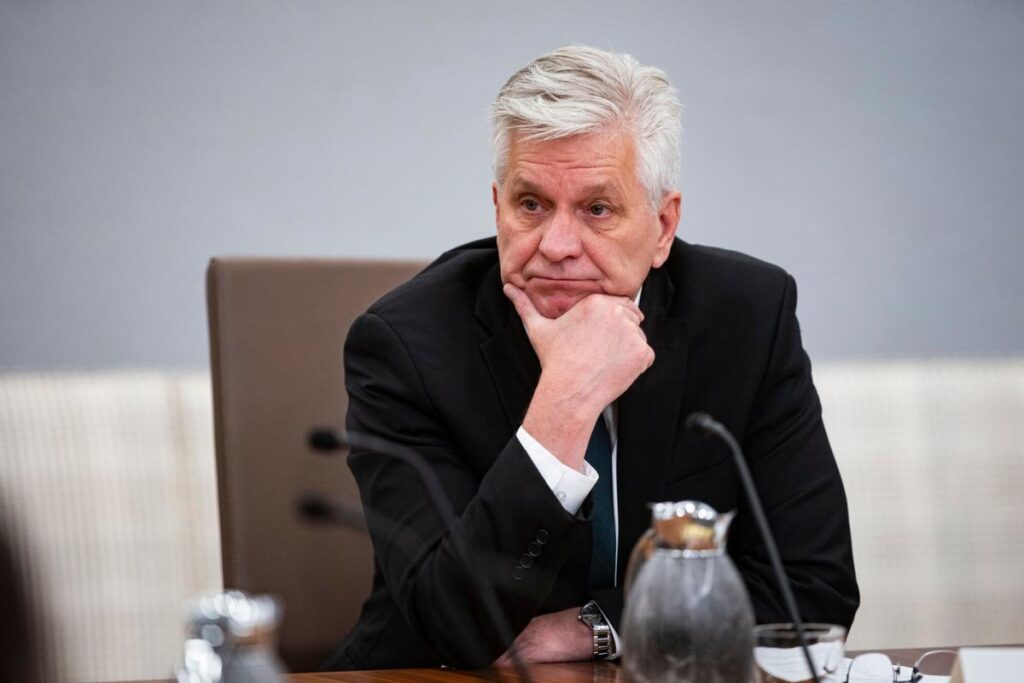Federal Reserve Governor Christopher Waller expressed a more tempered outlook regarding interest-rate cuts based on recent economic data during a conference at the Hoover Institution in Stanford, California. In his remarks, Waller emphasized that monetary policy decisions should proceed with more caution compared to the urgency displayed at the Fed’s September meeting, where a significant half-percentage-point rate cut was enacted. He articulated that current economic indicators suggest a gradual shift towards a neutral policy rate—neither stimulative nor restrictive for economic growth—as the labor market appears robust and inflation, though slightly disappointing, is edging towards the central bank’s target of 2%.
Waller pointed out the latest labor market data, which revealed a decrease in the unemployment rate alongside strong hiring figures and upward revisions to previous job gains. He acknowledged that while employment levels are close to the Fed’s objectives, recent signals suggest that the economy may not be slowing as anticipated. He described this situation as allowing for a more deliberate pace in moving towards a neutral monetary policy stance, suggesting that the Fed’s approach to interest rate reductions could be more measured moving forward.
At the upcoming Nov. 6-7 Federal Open Market Committee meeting, Waller indicated that the Fed’s decision will be influenced by whether the incoming data aligns with his cautious sentiment regarding loosening monetary policy. He highlighted the importance of the forthcoming October payrolls report, which may reflect temporary disruptions due to natural disasters and labor strikes, potentially showing a decline of over 100,000 jobs. Such nuances in the employment figures will play a critical role in shaping the Fed’s decisions in the near future.
The Governor’s baseline for future monetary policy suggests a careful and gradual approach to rate reductions over the next year, aligning with the Fed’s previous projections from September, which anticipated a cumulative interest-rate cut of about 1.5 percentage points by the end of 2025. Waller emphasized the ample accommodation that exists within the current policy framework, underscoring that if economic conditions remain stable, the pace of rate cuts would be gradual. His comments also reflect a broader vision of a balanced approach to monetary policy amid fluctuating employment and inflation data.
Waller also presented the potential implications of higher-than-expected inflation on the Fed’s policy trajectory. He conveyed that in a scenario where inflation escalates, the Fed could take a pause in rate cuts until economic progress is reestablished and uncertainty decreases, as long as the labor market remains stable. Conversely, there exists the possibility—though deemed less likely by Waller—of the Fed responding more aggressively with rate cuts if inflation falls notably below their objective or if there is a significant downturn in the labor market.
In summary, Waller’s remarks articulate a thoughtful consideration of current economic indicators, cautioning against hasty monetary policy shifts while acknowledging the intricate balance required to foster economic growth. His call for a gradual approach to interest rate adjustments emphasizes the importance of monitoring key economic data leading up to the Fed’s decision-making meetings, fundamentally shaping the trajectory of U.S. monetary policy in the upcoming months.

